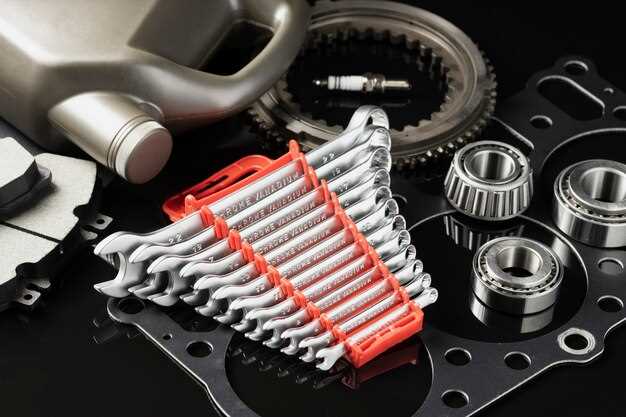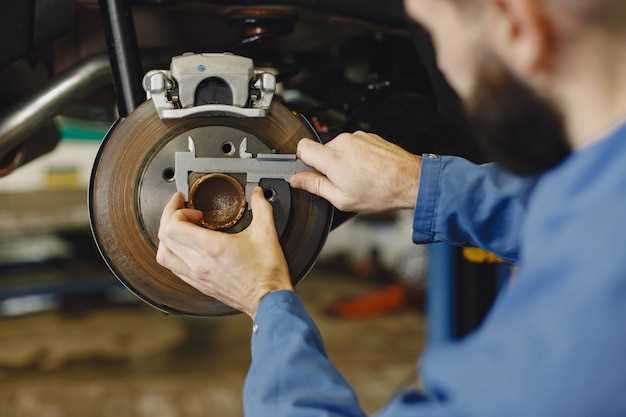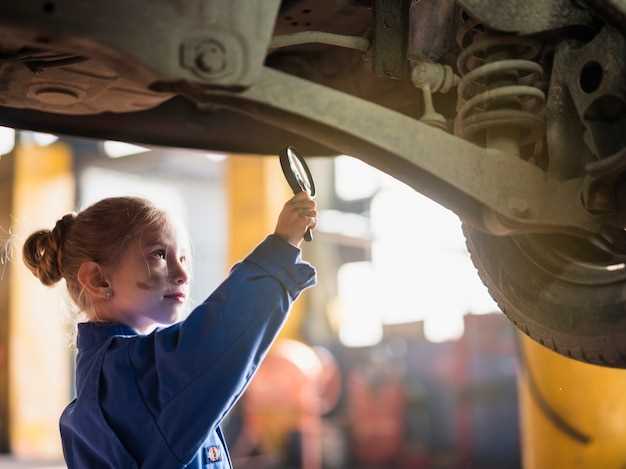How to Identify Genuine Classic Parts

For car enthusiasts and collectors, authenticity is key when it comes to classic parts. The market is flooded with reproductions and aftermarket components that may seem appealing but lack the integrity and value of original parts. Understanding how to identify genuine classic parts not only ensures the preservation of the vehicle’s heritage but also enhances its overall value in the long run.
Classic cars are more than just vehicles; they are a testament to engineering artistry and design heritage. Each part, from the engine components to the smallest trim pieces, plays a significant role in maintaining the car’s original character. Knowing how to discern authentic parts is essential for restoring these automotive gems to their former glory.
In this article, we will explore practical tips and methods for identifying authentic classic parts. Whether you are restoring a beloved car or looking to invest in classic automotive treasures, having a keen eye for detail and the right knowledge will make your journey much easier and more rewarding.
Evaluating Markings and Identifiers on Genuine Classic Car Parts

When it comes to restoring or maintaining a classic car, ensuring that the parts used are genuine is crucial. Classic car owners often face the challenge of distinguishing authentic components from replicas. Evaluating markings and identifiers is a key step in this process.
Genuine classic car parts typically feature specific markings that can indicate their authenticity. These may include manufacturer logos, part numbers, and other identifiers that were used during the production of the vehicle. Researching these marks can provide insight into whether a part is original or an aftermarket imitation.
One important aspect to consider is the location of the markings. Many manufacturers placed identifying marks in consistent locations, often on the body of the part or in less visible areas. Familiarizing yourself with the standard placements for your specific classic car model will aid in verification.
In addition to visible markings, other identifiers such as holograms or specific manufacturing techniques can help in evaluating authenticity. Genuine parts may also exhibit signs of age consistent with the vehicle’s timeline, such as patina or wear that aligns with the car’s history.
Finally, seeking expert opinions or using reference guides can enhance your ability to spot genuine car parts. Engaging with classic car communities and forums can also provide valuable insights. Remember, thorough evaluation can save you time and money in the long run, ensuring that your classic car remains as authentic as possible.
Understanding the Role of Trusted Suppliers in Sourcing Original Parts
When it comes to maintaining a classic car, sourcing genuine parts is crucial. The integrity of the vehicle often hinges on the authenticity of its components. Trusted suppliers play an essential role in ensuring that the parts you acquire are original and high-quality.
Here are some key aspects of how trusted suppliers contribute to sourcing original parts:
- Authenticity Verification: Reliable suppliers have established relationships with manufacturers, allowing them to verify the authenticity of their products. They provide proof of authenticity, ensuring that the parts are genuinely made for your classic car.
- Quality Assurance: Trusted suppliers often carry parts that meet or exceed original manufacturing standards. This guarantees that the components will perform properly and last longer, maintaining the car’s performance and value.
- Expertise and Knowledge: Experienced suppliers possess deep knowledge of classic cars and their parts. They can advise customers on the correct components needed for specific models, thus preventing costly errors in sourcing.
- Availability of Original Parts: Reliable suppliers are more likely to have a wider network and inventory of original parts. They can help locate hard-to-find parts, ensuring that classic car enthusiasts have access to what they need without compromising on quality.
- Reputation and Trust: Established suppliers have built a reputation based on trust and customer satisfaction. Their commitment to providing genuine parts fosters confidence among classic car owners and collectors.
In summary, trusted suppliers are a vital resource for sourcing original parts for classic cars. Their expertise, commitment to quality, and ability to verify authenticity simplify the process for enthusiasts looking to maintain the integrity of their vehicles. Working with reputable suppliers ultimately leads to a better ownership experience for classic car aficionados.
Steps to Verify the Authenticity of Classic Car Components Before Purchase

When purchasing classic car parts, ensuring their authenticity is crucial for maintaining the vehicle’s value and integrity. Follow these steps to verify the legitimacy of components before making a purchase.
1. Research the Part’s History: Investigate the specific part you are looking for, including its original manufacturer, production years, and any unique identifiers. This knowledge will help you differentiate genuine parts from reproductions.
2. Check for Part Numbers and Identifiers: Most authentic classic car parts will have specific part numbers or markings. Compare these numbers with official databases or manuals to confirm authenticity.
3. Examine Quality and Materials: Authentic parts are typically made from high-quality materials consistent with the original specifications. Inspect the component for craftsmanship, weight, and finish to ascertain its authenticity.
4. Seek Out Reputable Sellers: Always purchase from reputable dealers specializing in classic car parts. Read reviews, ask for references, and inquire about their sourcing methods to ensure trustworthiness.
5. Request Documentation: Ask the seller for proof of authenticity, such as receipts, certificates, or provenance documents. This paper trail can provide additional assurance about the part’s legitimacy.
6. Connect with Classic Car Communities: Engage with online forums or local clubs dedicated to classic cars. Enthusiasts often share valuable insights and can help verify the authenticity of parts.
7. Utilize Expert Opinions: If in doubt, seek advice from a classic car expert or appraiser. Their experience can be invaluable in assessing a part’s authenticity based on industry standards.
By following these steps, you can confidently assess the authenticity of classic car parts and make informed purchasing decisions that enhance your vehicle’s heritage.



